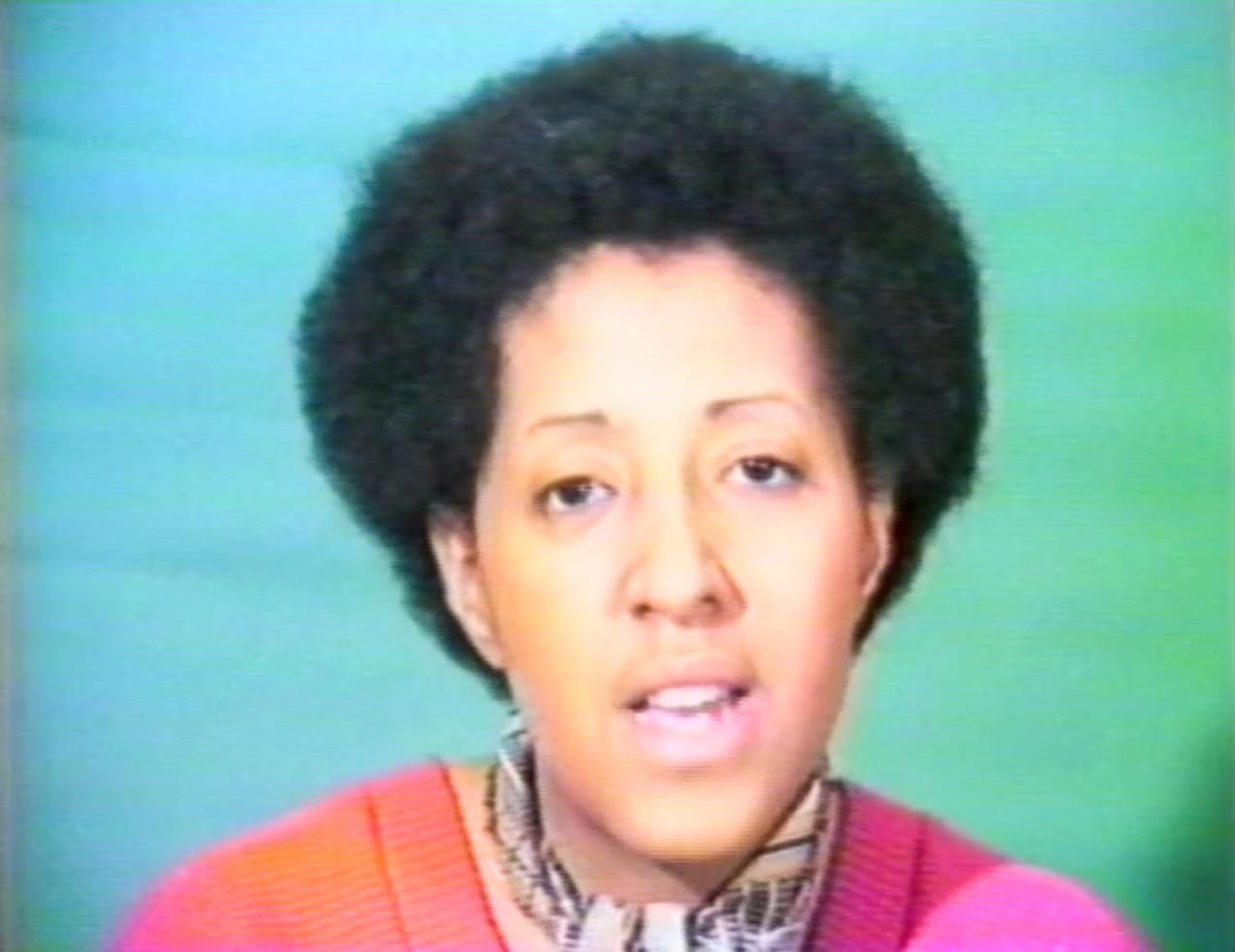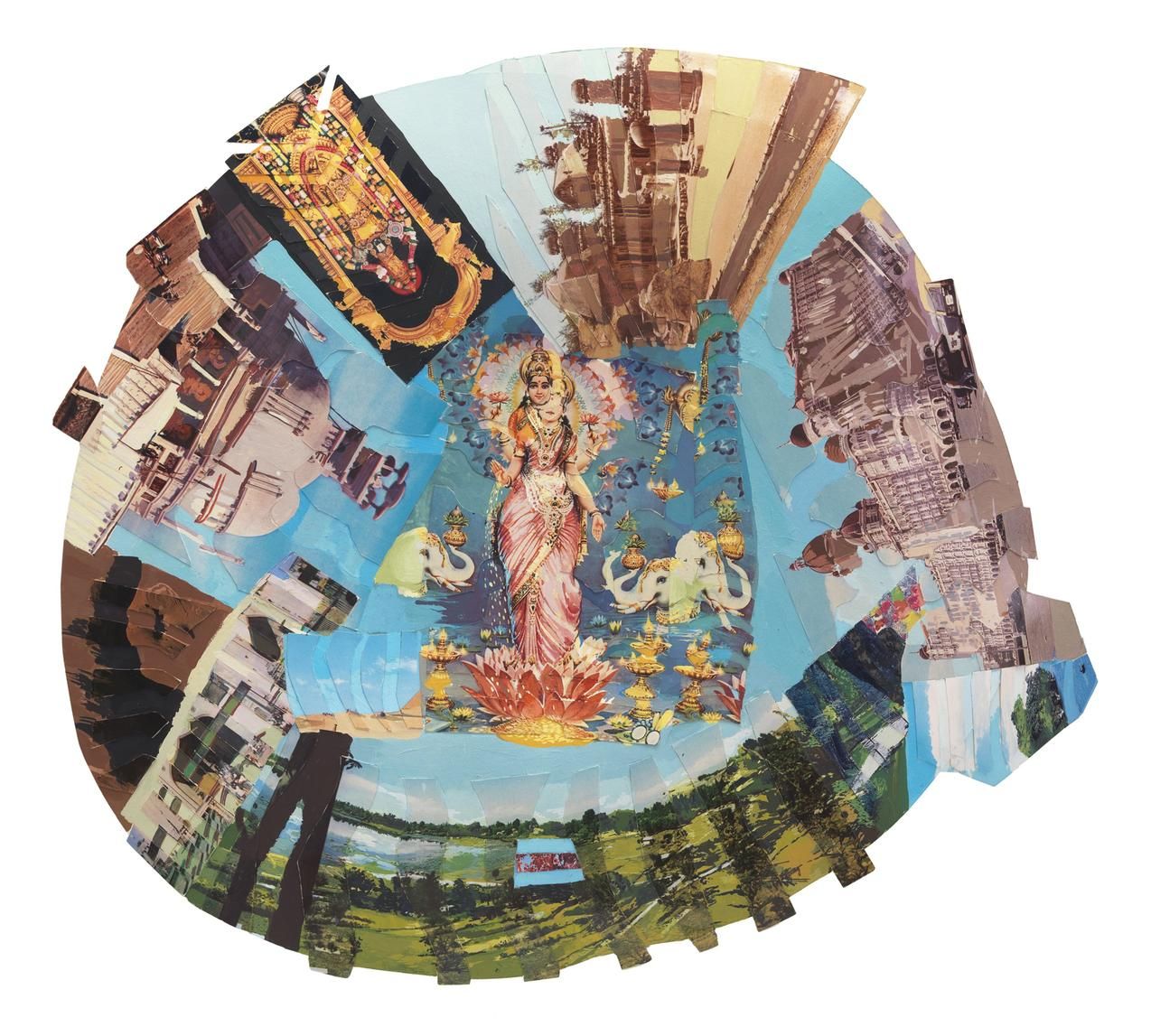SPECTATOR USA, September 7, 2018
Who will take the noise out of sport?
I can’t hear myself watch
The US Open Tennis Championships concludes this week. ‘Let’s make some noise!’ Or better yet, let’s not.
Sport is losing its appeal to me: I can’t take the noise. Endless chatter obscures what we see on the courts and fields of play. A set of earplugs should not be required equipment of the game.
Like much else, the first mention of earplugs appears in The Odyssey. As Odysseus is lashed to the mast, his crew packs their own ears with beeswax to save them from the Siren’s Song. Whenever I attend an amplified event, I’m reminded that Homer was on to something about epic wax. As we do battle against the sirens of the street and the Siren Song of the culture, earplugs and other noise-cancelling devices have become a booming industry, worth half a billion dollars a year.
Good sound is essential to great sports. What is skiing without the schuss of the snow, or sailing without the snap of the wind? The martial crunch of football is underscored by the military precision of the halftime show. At its best, baseball is an organ recital — or, in humbler settings, nature’s symphony of summer — punctuated by the crack of a bat.
Contemporary sport gets lost in the noise. Good games are ruined by bad sounds. The 2010 World Cup was drowned out by the mind-numbing buzz of tens of thousands of vuvuzelas. These horns, emitting a deafening 113 decibels at a distance of six feet, were originally used to send signals between towns. Likewise the atonal timpani of indoor basketball, that acid jazz of squeaky sneakers, pealing whistles and pneumatic rubber, is increasingly lost amid the roars of the court and the brays of the announcers. Broadcasters now rely on spy-like microphones and electronic filters to isolate the true sounds of the game, but those in the stadium, and the players in particular, enjoy no such relief.
Tennis has always understood the importance of quiet play. That’s one reason for its continued appeal. Two years ago, the United States Tennis Association heard an earful when this code of silence was broken. The problem was the acoustics of the US Open’s reengineered centre court. When the Arthur Ashe Stadium opened in 1997 at the National Tennis Center in Flushing Meadows, Queens, it became the largest-capacity tennis stadium in the world.
Unfortunately, it was built on the swampy ground of a former salt-water marsh, the dump site that was the model for F. Scott Fitzgerald’s ‘Valley of Ashes’. The ground did not lend itself to building a fully enclosed stadium. The new stadium had no roof, and the storms of late summer had a nasty habit of disrupting play. In 2016, the USTA covered its centre court with a $150 million retractable canopy made of lightweight, translucent material. The new roof kept out the rain, but it also kept in the noise.
‘Fans inside Arthur Ashe Stadium no longer need umbrellas,’ read a report in the New York Times. ‘They might, however, need earplugs.’ The new roof was projecting the noise of spectators seated in the upper decks back onto the court. The pitter-patter of rain bouncing the roof’s diaphanous shell was also sending down cascading waves of sound, drowning out important sonic information in the game’s play — the timing of a bounce, the nature of the thwack of an opponent’s racket against the ball, the ever-informative grunts of the players.
The noise flummoxed the players, as well as the US Tennis Center, which had to bring in acousticians to study the problem. The situation also raised the alarm over the role of sound both for professional players and those of us who hope to enjoy the game. ‘We use our ears when we play,’ said the player Andy Murray. ‘If we played with our ears covered or with headphones on, it would be a big advantage if your opponent wasn’t wearing them.’
This year’s US Open is having a better encore performance. The culprit was indeed noisy fans — the fans inside the stadium’s air conditioning system. Along with some buzzing cellular transmitters, this humming rooftop equipment, bouncing off the new roof, was found to be the underlying cause of much of the additional courtside sound. Still, the US Open sounds a lot louder than it once did, even on TV.
Tennis plays out in a Cartesian space set apart from the chaos of life. Wimbledon is a classical concert performed in a stadium of near total silence; a word midpoint may get you ejected from the stands. Played among some 20,000 Americans, not to mention opinionated New Yorkers just a stone’s throw from LaGuardia Airport, the US Open has never quite sounded like Wimbledon’s contrapuntal fugue, but here the crowd’s abated potential can make the points all the more thrilling. ‘There’s that tension that everybody feels,’ says Venus Williams. ‘The more important the moment, that silence says it all.’
Williams has it right. Sport is a concert, and great sport needs its silence too. The noise-making of today’s games only adds to the din of modern life. But who can still the sounds of mass entertainment? New balls, please.












